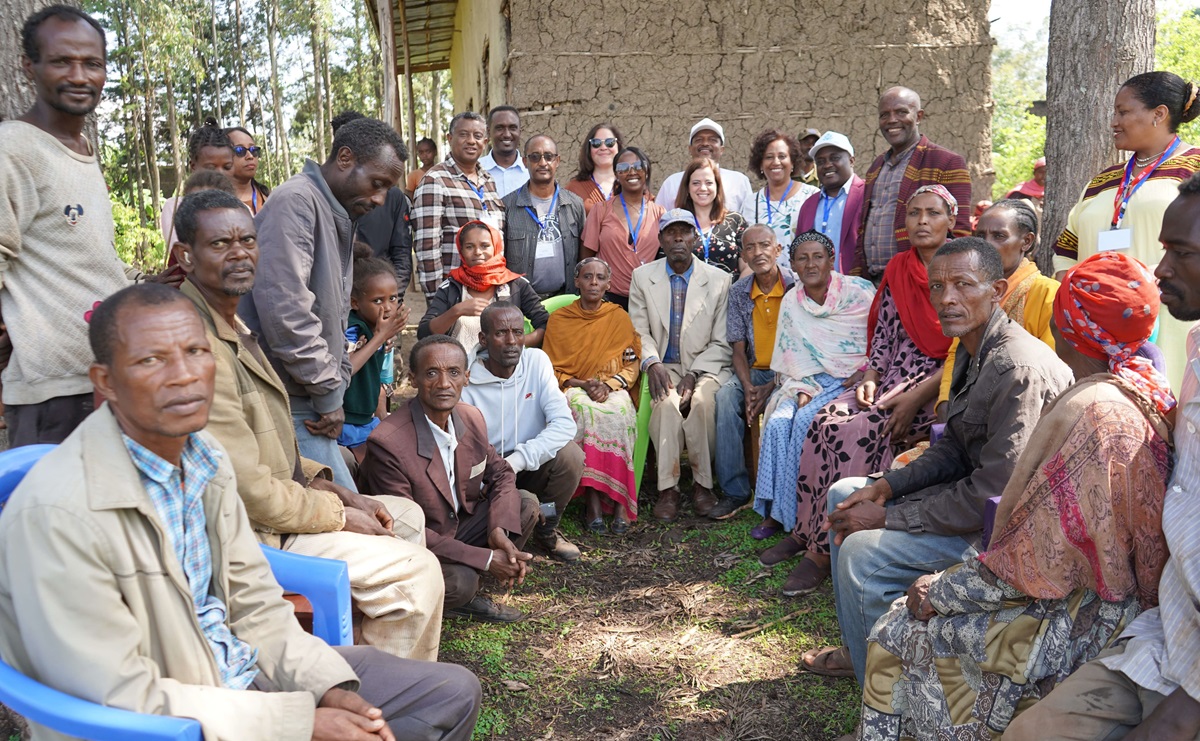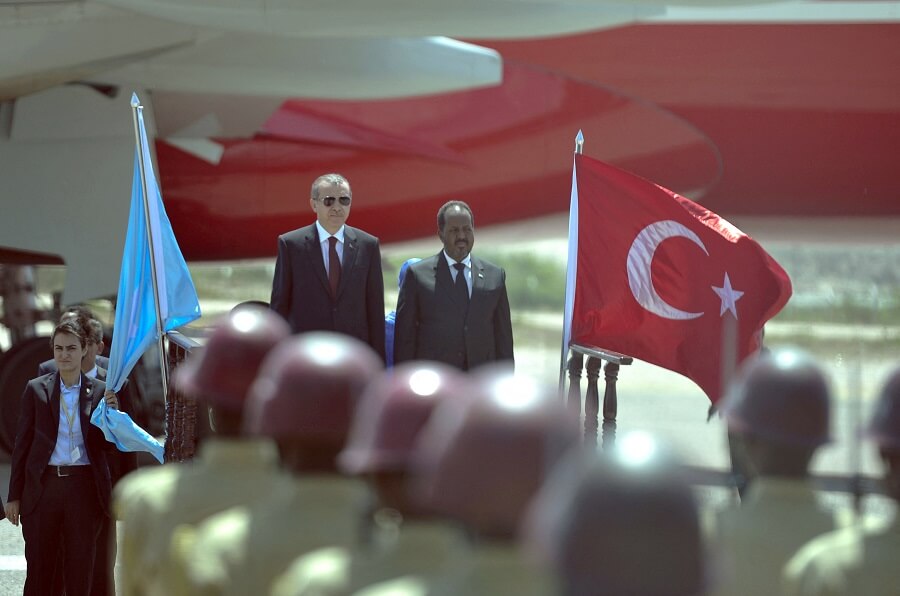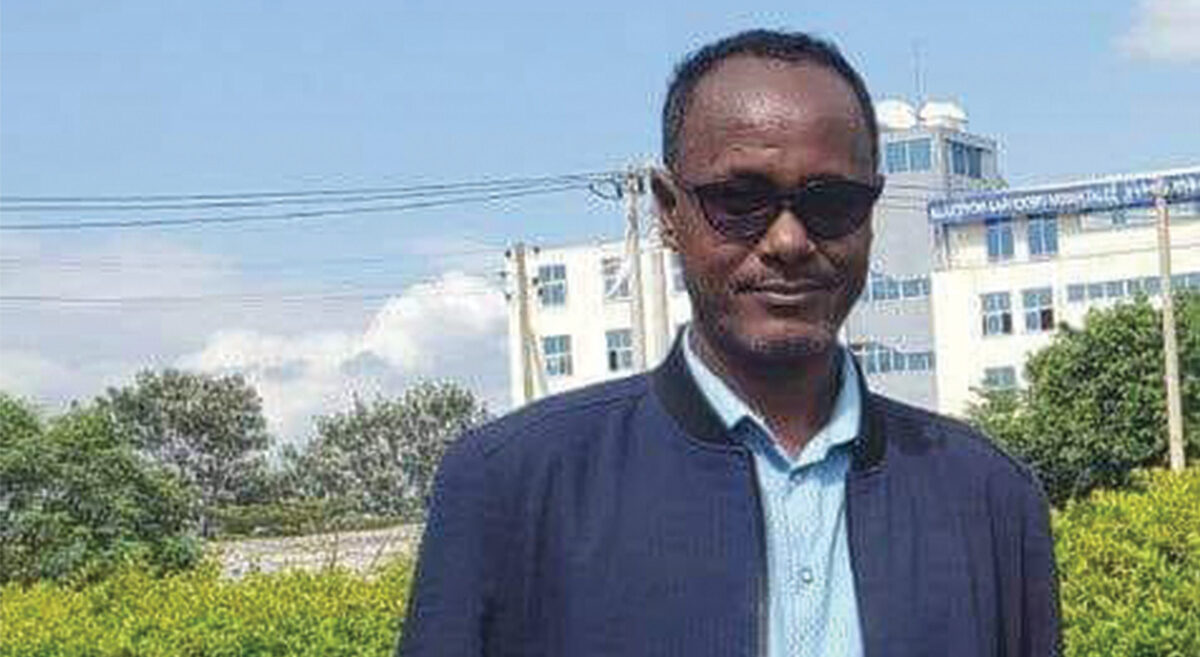Analysis: IDPs recently returned from Amhara to Oromia region opt to return to their previous shelters, while others choose to stay despite turmoil
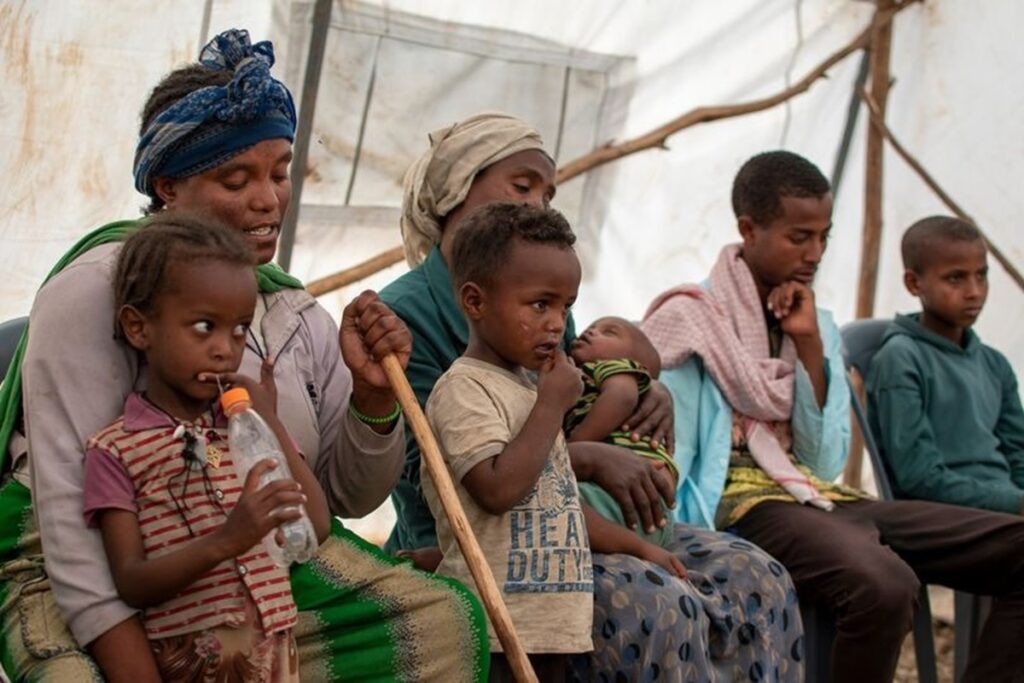
By Mihret G/kristos @MercyG_kirstos
Addis Abeba – When authorities announced last year the potential repatriation of individuals displaced from the Oromia region who had sought refuge in Amhara in recent years, lingering skepticism persisted within the displaced community regarding relocation to areas still contending with instability.
Expressing their apprehensions, the displaced population underscored their initial decision to flee the Oromia region, forsaking their possessions and residences to escape the ongoing strife.
Despite the government’s persistence, they exhibited a pronounced reluctance to consider returning until their native villages achieved enduring stability and security.
Upon their recent return to their hometowns, their expectations find confirmation in reality, as their villages in the Oromia region remain enmeshed in turmoil and conflict.
Among the internally displaced persons (IDPs) compelled to return to the Oromia region is Asheber Takele, whose name has been altered for safety considerations.
It has been over two years since Asheber, along with his family of six members, was compelled to abandon their residence in the Sibu Sire district of the East Wellega Zone. Their quest for safety led them to an IDP center situated in Debre Birhan city in the Amhara region, colloquially known as the ‘China camp,’ where they sought refuge for the past two years.
Asheber’s family was among the more than 1,000 displaced individuals residing in the Amhara region who were obliged to return to their native villages in the Oromia region last month, despite their reservations.
“We were forcibly transported via truck on 18 February and journeyed to the East Wellega Zone, finding ourselves amidst desolation,” he recounted. “Upon reaching the area, we encountered a dearth of provisions—no sustenance or material assistance was available.”
According to Asheber, the returning individuals were compelled to lodge at the district administration office in Sibu Sire, East Wollega, without reaching their native village situated deep within rural areas where conflict and violence, perpetuated by armed groups, remain prevalent.
“Shelters were overcrowded with IDPs who had returned from Debre Birhan, with three rooms accommodating 19 people,” he stated.
During his 23-day tenure at the district administration office, repurposed into a shelter for displaced families, Asheber observed ongoing security concerns in the vicinity. He noted that six individuals were abducted during their residence at the camp.
We were forcibly transported via truck on February 18 and journeyed to the East Wellega Zone, finding ourselves amidst desolation.”
An IDP who recently returned to the Oromia region from Debre Birhan
“This highlights the enduring challenges faced by IDPs, even within designated shelter facilities,” he remarked.
Asheber further expressed serious concerns regarding his family’s health, noting their severe illnesses without access to medical care, including his wife.
Eventually, he relocated once again to the IDP center situated in Debre Birhan city.
Trapped in turmoil
In contrast to Asheber, Bekele Girma (alias used) and his family persist in residing within the Oromia region, notwithstanding the widespread prevalence of violence and conflict.
Previously sheltered in Debre Birhan, Bekele and his family recently returned to their village in the Leka Dulecha district of the East Wellega Zone.
Upon their arrival back to the East Wellega Zone from Debre Birhan, Bekele and his family was confronted with the stark reality of his devastated homestead, now a mere semblance of its former state.
Two years of absence not only resulted in the ruin of his residence but also the collapse of his once-prosperous agricultural enterprise, spanning 15 hectares of land and encompassing a herd of 27 animals.
Despite diligently documenting his losses, amounting to an astonishing six million in property value, he is yet to receive any form of compensation, leaving him and his family grappling with the harsh realities of destitution.
As a father of four, Bekele finds himself contending with the daunting challenge of rebuilding his life from the ground up amidst the lingering specter of insecurity pervading the region.
The fragile peace promised upon their return remains elusive, with the threat of violence and abduction ominously looming within a kilometer’s radius of the Leka Dulecha district administration office, their current abode.
Bekele underscored that venturing beyond this boundary entails significant peril, as evidenced by the distressing accounts of extortion and exorbitant ransom demands.
Amidst the challenging ordeal of displacement, Bekele, his family, and other displaced individuals conscientiously sought assistance from both federal and regional authorities. They implored these authorities to facilitate their safe return to their homeland or provide compensation for the irretrievable losses they had incurred.
“Despite our persistent appeals and dialogues with relevant governmental bodies, the assurances of repatriation and restitution remained unrealized, overshadowed by political intricacies,” he remarked.
Bekele relocated to the Oromia region alongside 16 households, comprising a total of 52 individuals who had been residing in Debre Birhan.
“Some of them opted to remain, while others returned to Debre Birhan,” he told Addis Standard.
In recent months, Addis Standard has extensively reported on the predicament of thousands of IDPs in the Amhara region, who are contending with coerced returns to unstable regions following directives from local authorities.
Representatives of over 10,000 IDPs seeking refuge at the Jara IDP center in the Northern Wollo Zone of Amhara communicated to Addis Standard that they are facing a new crisis after stern directives from local authorities, demanding the swift evacuation of these already vulnerable individuals.
Similar apprehensions were expressed by IDPs seeking refuge in the Farta district of the South Gondar Zone in Amhara, following announcements by regional authorities regarding plans to facilitate the return of over 1,725 individuals who were displaced from their homes in the Oromia region.
Individuals internally displaced within Western Oromia and sheltered in different IDPs centers, who were recently compelled to return to their villages have also expressed facing similar challenges.
During a discourse with regional authorities in December 2023, the displaced populace articulated their uncertainties regarding potential relocation to areas that may still be experiencing challenges.
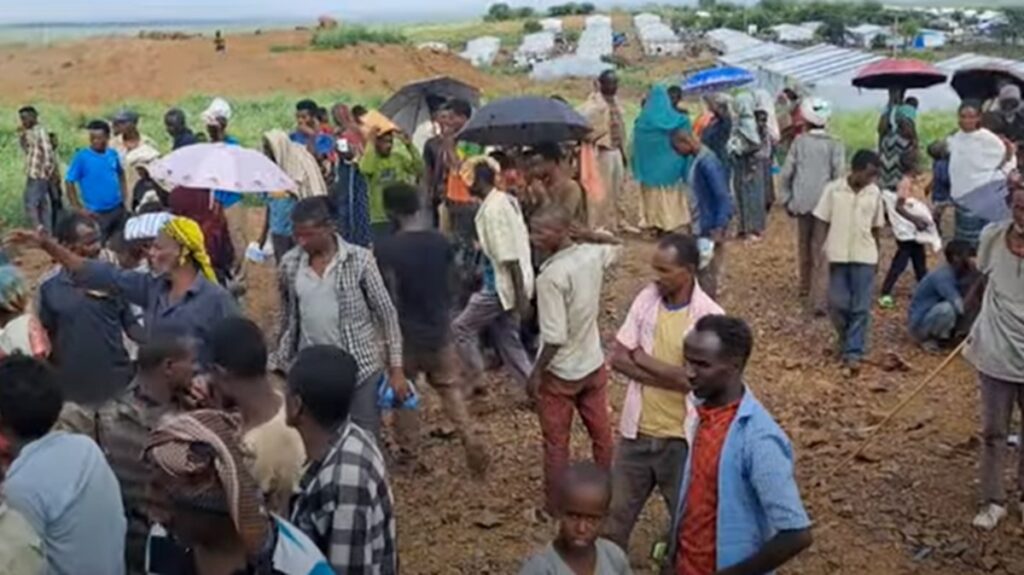
Asheber and Bekele are among the displaced individuals included in the initial phase of a government-sponsored national IDP rehabilitation and recovery program. This program was launched to facilitate the return of IDPs from the Amhara region to their areas of origin in Oromia.
The initiative commenced on 18 February, 2024. As of 26 February 26, approximately 1,530 people (416 households) out of a planned 4,100 IDPs have been relocated from Debre Berhan and South Wello zones in Amhara to temporary sites in East Wollega, West Wollega, and West Shewa zones in Oromia.
However, the implementation of the program has reportedly faced challenges in ensuring compliance with international IDP return principles, as indicated by humanitarian agencies.
According to the latest report by the Office for the Coordination of Humanitarian Affairs (OCHA), humanitarian organizations are encountering difficulties in assisting communities in hard-to-reach areas in the Oromia region due to frequent clashes between the government and non-state armed groups.
The UN highlights food as a primary need, with only 20% of the returnees in the Oromia region currently receiving intermittent food assistance.
Despite this, officials at both regional and federal levels assert that they are implementing appropriate measures to facilitate the safe return of displaced individuals to their residences.
Recently, authorities have announced proactive initiatives aimed at facilitating the return of residents who were forcibly displaced from their homes, including those from the Oromia region, to their respective villages.
In January 2024, senior federal and regional officials, accompanied by security personnel, visited Tole Kebele in the Gimbi district of the West Wollega Zone to inspect the newly constructed houses designated for the displaced population.
During the visit, Wandwasen Legese, deputy head of the Amhara Communications Office, underscored the collaborative effort necessary for the rehabilitation and resettlement of the displaced citizens. He emphasized that the successful return and integration of these individuals rely on the cooperation of all stakeholders involved.
Plight persists
The conditions at the IDP centers, where returnees like Asheber have resettled, are no more favorable than the conditions they encountered during their brief stay at temporary shelters in their hometowns within the Oromia region.
An IDP currently residing in the Bakelo camp in Debre Birhan, following his displacement years ago amid the conflict in the Oromia region, specifically from the West Shewa Zone, recounts the dire humanitarian circumstances prevailing at the camp presently.
The father of three, who spoke with Addis Standard under the condition of anonymity, underscored the absence of essential aid, which has plunged them into a state of profound desperation. He described how children, deprived of proper sustenance, resort to scavenging for food scraps, while youths are compelled to engage in arduous labor to barely sustain themselves.
He indicated that the distressing reality of families struggling to provide for their loved ones has led to instances of suicide, highlighting the mental and emotional toll exacted by their dire circumstances. “We harbor profound concerns regarding the trajectory of our future lives.”
In Debre Berhan, more than 23,000 IDPs presently inhabit three camps, while nearly 7,700 IDPs reside outside of these designated areas.
Despite efforts by humanitarian agencies to provide shelter and rental support, displaced individuals assert that the aid they are receiving falls short of adequacy. Additionally, IDPs urgently require consistent access to food, which is currently distributed irregularly.
They also emphasize the scarcity of non-food items such as sleeping mats and blankets, particularly crucial given the cold climate prevalent in Debre Berhan city.
The UN agency estimates that at least half of the IDPs in the Amhara region are currently deprived of humanitarian assistance due to insufficient resource capacities and prevailing insecurity.
Hostilities and conflicts have been the predominant catalysts behind the displacement of the majority of internally displaced persons (IDPs), estimated to exceed 66,000 individuals currently sheltered across 88 sites in the Amhara region.
Some of them opted to remain, while others returned to Debre Birhan.”
An IDP who recently returned to the Oromia region from Debre Birhan
Despite efforts to address the demand, both aid agencies and the government have been providing food and other humanitarian assistance to displaced communities in the region. However, these efforts have encountered significant access constraints, particularly in recent months, owing to pervasive security challenges across the region.
For instance, residents of the Jara IDP site, situated in the drought-affected North Wello Zone of the Amhara region, previously received monthly allocations of 15 kilograms of wheat flour and half a liter of cooking oil per person.
However, this assistance was discontinued for a period of two months, resulting in over 10,000 IDPs in Jara facing acute food shortages. The crisis was resolved when the Ethiopian Disaster Management Commission successfully dispatched food aid to the center in mid-February 2024.
Similar delays and shortages of food and humanitarian assistance have been observed in other IDP sites across the region, including those in North Gondar, North Wello, Wag Hamra, South Wello, Central Gondar, and North Shewa zones, as reported by OCHA.
In a discussion convened in December 2023 with representatives of IDPs in the Amhara region, Belay Asrade, the head of the South Gondar Zone Disaster Prevention and Food Security Office, disclosed that the ongoing conflict in the region has complicated the distribution of food aid to more than 54,000 IDPs residing in the South Gondar Zone.
Additionally, he underscored the increased burden on government resources, as 198,000 residents in the South Gondar Zone now rely on aid due to a persistent drought.
A report by OCHA indicates that over 8,000 displaced individuals in the Abergele district of the Wag Hamra Zone are residing outside IDP centers among host communities, with many of them housed in open compounds lacking adequate shelter. AS



